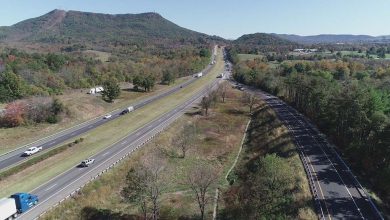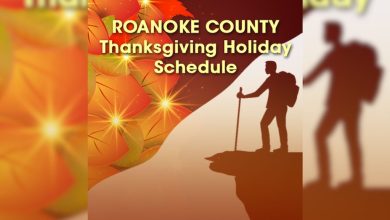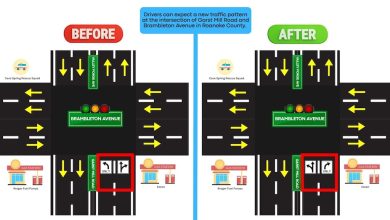Breakfast with Santa raises more than $11,000 for Help the Homeless Fund
Roanoke, Virginia – Many children will leave cookies for Santa on Christmas Eve, but only a handful will get to eat breakfast with him.
Breakfast with Santa is a fundraiser for Roanoke City Schools’ student homelessness project. The event, according to Roanoke City Public Schools, was a huge success, raising more than $11,000 for the school’s Help the Homeless Fund.
It was a drive-thru event with all the fixings.
Those who attended also had the opportunity to participate in a special online storytime with Santa.
”Because some of us have more than others. It helps give younger people more hope, especially for those going through tough times. It just reminds us, especially in times like this during COVID, that we still together and we are still wanting the same thing,” said William Fleming junior Maira Alderman.
There’s also an art project that represents the number of students that are now homeless.




